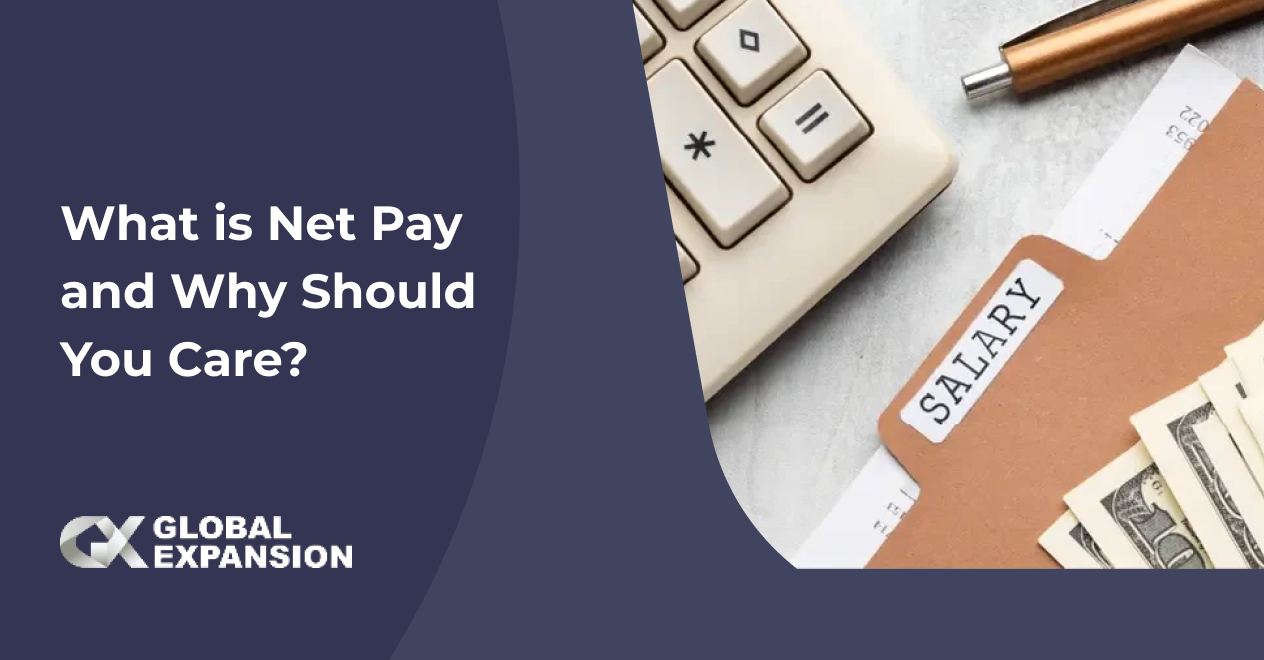What is Paternity Leave Policies: A Comparative Analysis

Image caption here
What is Paternity Leave? A Comparative Analysis
In today's fast-paced world, work-life balance is important. Paternity leave has become an important benefit for global companies to offer.
But what is paternity leave exactly, and when do you get it, and for how long? How does it compare around the world?
What is Paternity Leave?
Countries worldwide employ a comparative method to study and improve laws. One area deserving attention is Paternity Leave Laws.
The International Labour Organisation emphasizes the positive impact of paternity leave on newborn well-being.
Many countries, including the United Kingdom, Estonia, Sweden, Japan, and Bangladesh, among others, have laws on paternity leave. However, Pakistan and Nigeria do not provide any paternity leave.
The research adopts a doctrinal method to analyze the law on paternity leave and draw legal implications. The research paper uses a comparative method to study and compare Paternity Leave across countries, including leave laws in Sweden, the USA, and India.
Sweden has the best gender-neutral approach and excellent paternity leave laws. In contrast, paternity leave in the USA is unpaid.
Even though the private sector includes paternity leave policies in their employment agreements, India still lacks a uniform law. India has yet to pass such legislation, even though some companies have already taken steps to include it.
The Benefits of Paternity Leave
Here are the key benefits of paternity leave.
- Improved well-being for mothers: Sharing childcare responsibilities during paternity leave reduces stress levels for new moms and positively impacts their mental health.
- Stronger bond between fathers and newborns: Paternity leave allows dads to build emotional connections with their infants, leading to better cognitive development and social skills.
- Advancement in gender equality within households: Equal opportunities for parental leave eliminate bias against men's involvement in caregiving roles, promoting a better balance at home.
- Increased employee job satisfaction: Generous paternity leave policies prioritize work-life balance, resulting in higher engagement, job satisfaction, and productivity.
Paternity leave benefits families while creating supportive workplaces that contribute personally and professionally to their employees' lives.
Taking paternity leave in the initial weeks after childbirth is crucial for fathers to form a solid emotional bond with their children. According to Harvard Business Review, this connection has long-lasting positive effects, which compares paternity leave to "brain training" for fatherhood.
Note: The policies and the duration of fatherhood leave vary by country. For example, paternity leave in Canada lasts for 15 days per the law.
Research Highlights the Advantages of Parental Leave
Studies have shown that involved fathers boost child development, leading to babies' better cognitive, social, and emotional growth.
Boosts child development: Studies have shown that babies with involved fathers have better cognitive, social, and emotional development. Research has found that kids with engaged dads experience improved cognitive, social, and emotional growth.
Dads who take paternity leave can be crucial in supporting mom's well-being. By reducing stress and chances of postpartum depression, they help new moms recover from childbirth and adjust to a whole new routine.
Paternity leave is an essential tool in promoting gender equality. By challenging traditional gender roles and highlighting the shared responsibility of childcare, it breaks down societal norms. This shift leads to a fairer distribution of household duties and provides women with more career opportunities.
Paternity leave is a game-changer that helps update gender norms, emphasizing that parenting is a team effort for moms and dads.
Promoting paternity leave is crucial for building gender quality in the workplace.
FYI: Paternity leave in Georgia employees lasts for 120 hours (5 days)
How Paternity Leave Helps Change Society Perceptions
Paternity leave positively impacts the newborn's upbringing, development, and parental bonding.
- It's pivotal to shaping societal perceptions of parenthood and familial dynamics, paternity leave can initiate a profound transformation.
- Paternity leave normalizes fathers playing an active role in child-rearing, thus challenging the conventional stereotype of mothers as the primary caregivers.
- Witnessing fathers taking an active role in childcare can dispel the notion that nurturing and caregiving are exclusive to women.
- What is paternity leave? It is the power to redefine fatherhood, encompassing providing financial support, fostering emotional connections, and fulfilling practical duties.
- When both parents are viewed as equally responsible for childcare, it can facilitate greater parity between genders in the workforce.
- Paternity leave would reduce mothers' repercussions when taking time off or pursuing their careers while promoting fathers to be involved and attentive caregivers without compromising their professional prospects.
- Fatherhood fosters a societal transformation towards deeming work-life equilibrium as valuable for both parents.
- It establishes a standard for emphasizing quality family time and cultivates an adaptable professional atmosphere.
- Enabling fathers to experience the demands and joys of parenthood directly can foster a societal emphasis on the criticality of investing in early childhood development and familial support systems.
This is a gradual process, yet implementing paternity leave can gradually steer views toward an equitable perception of parenthood.
Fathers will be regarded as equally adept and committed nurturing figures, while families will receive the necessary assistance to prosper.
What is Paternity Leave: Policies, Laws, Rules and Eligibility?
Employers or laws establish paternity leave policies that grant new fathers time off work to bond with their newborn or adopted child.
According to the law: "The Central Civil Services (Leave) Rules, 1972 allow central government workers to take up to 15 days of paternity leave. This might be taken before the baby is born or six months after birth. Currently, there is no law requiring paternity leave in the private sector."
These policies typically address what is paternity leave criteria.
- Job security: Paternity leave policies should guarantee that a new father's job will be secure upon their return.
- Eligibility: It might come down to your job situation, how long you've worked at the company, and whether the child is yours or adopted.
- Leave Duration: The specific policy can determine the leave duration, which refers to the amount of paid or unpaid leave a new father can take, ranging from a few days to several months.
- Paid Leave: Employees may receive paid leave under specific policies, while others might not be compensated. Fathers could utilize their existing vacation or sick days to cover some unpaid time in particular instances.
- Employment security: Paternity leave regulations should ensure a new fathers' employment is secure when they return.
- Request process: There is usually a set method for seeking paternity leave, which includes how much notice an employee must provide their company.
Analyzing what is paternity leave and its importance in promoting work-life balance for new fathers still needs to be recognized in several nations like India.
Global Perspective: What is Paternity Leave?
Global HR professionals play a crucial role in shaping and implementing paternity leave policies. Organizations can improve their paternity leave policies, including:
- Standardized policies: Many nations have national legislation requiring paternity leave for a specific period. Conversely, several governments allow employers to choose their own policies.
- Length of leave: The required period of paternity leave varies widely around the globe. Some nations give quite extensive leave choices, while others provide little assistance.
Global Expansion is a global payroll solutions provider that helps you manage paying employees anywhere in the world. Our team offers the best payroll solutions for your business.
Talk to our expert team about creating a world-class benefits package for your global workforce.
Looking for a global payroll service?
Subscribe to our blog
Receive the latest GX blog posts and updates in your inbox.





